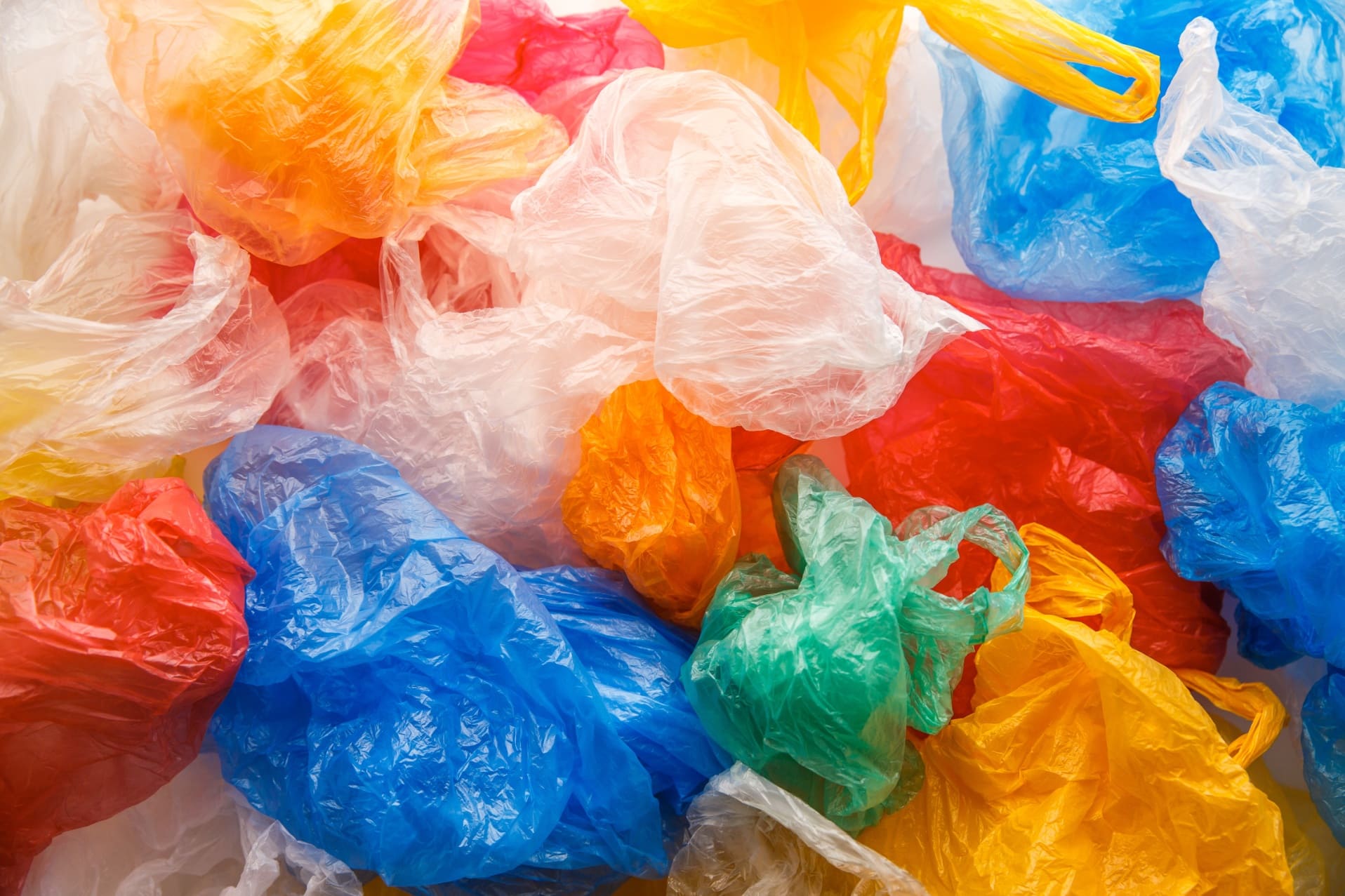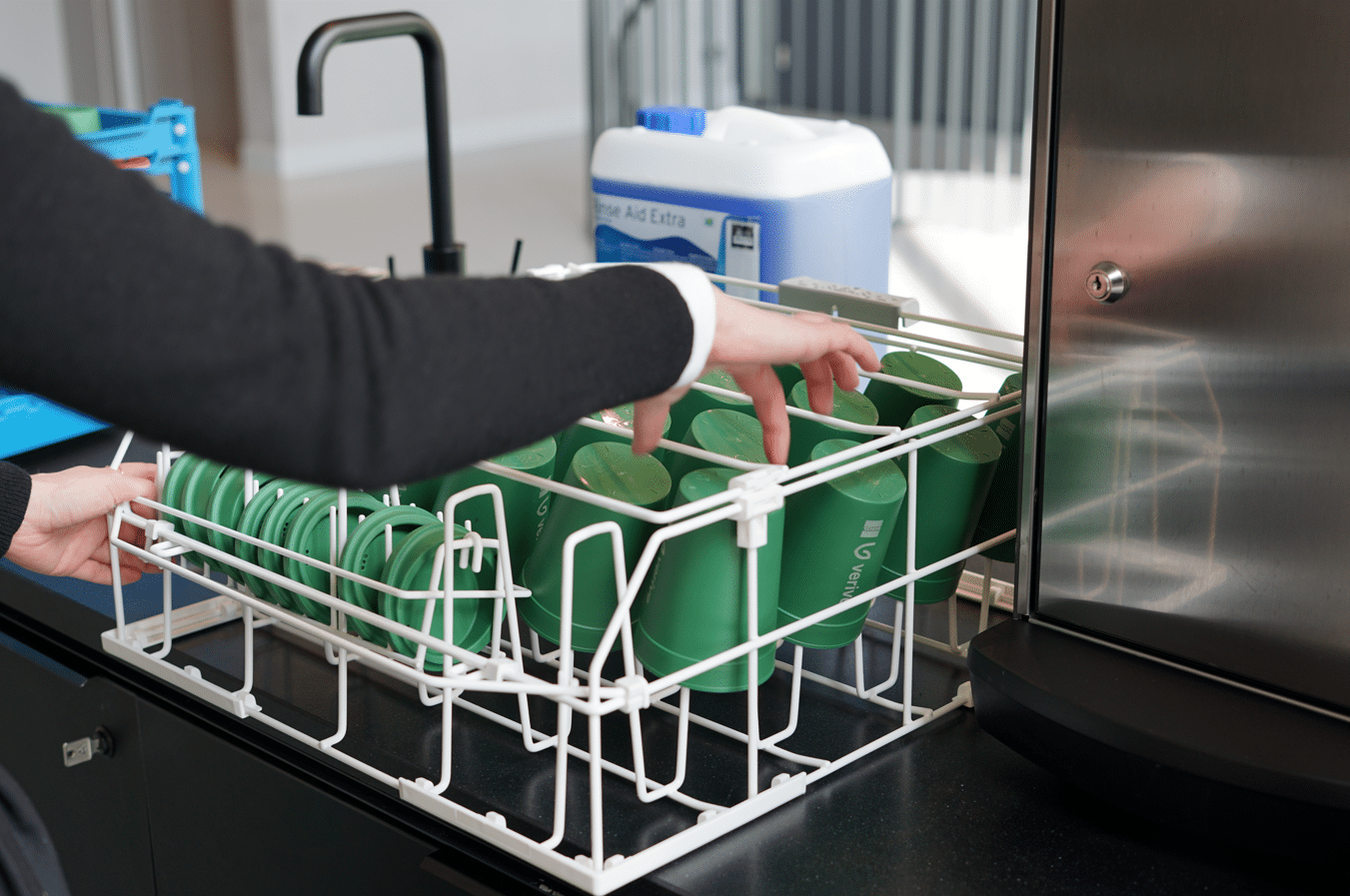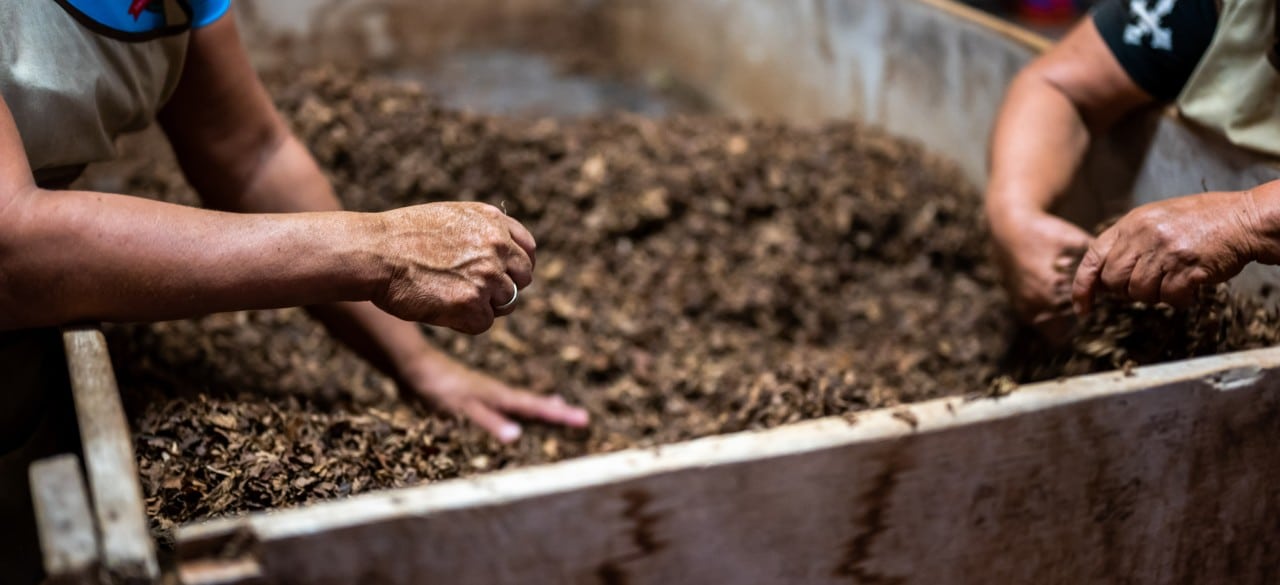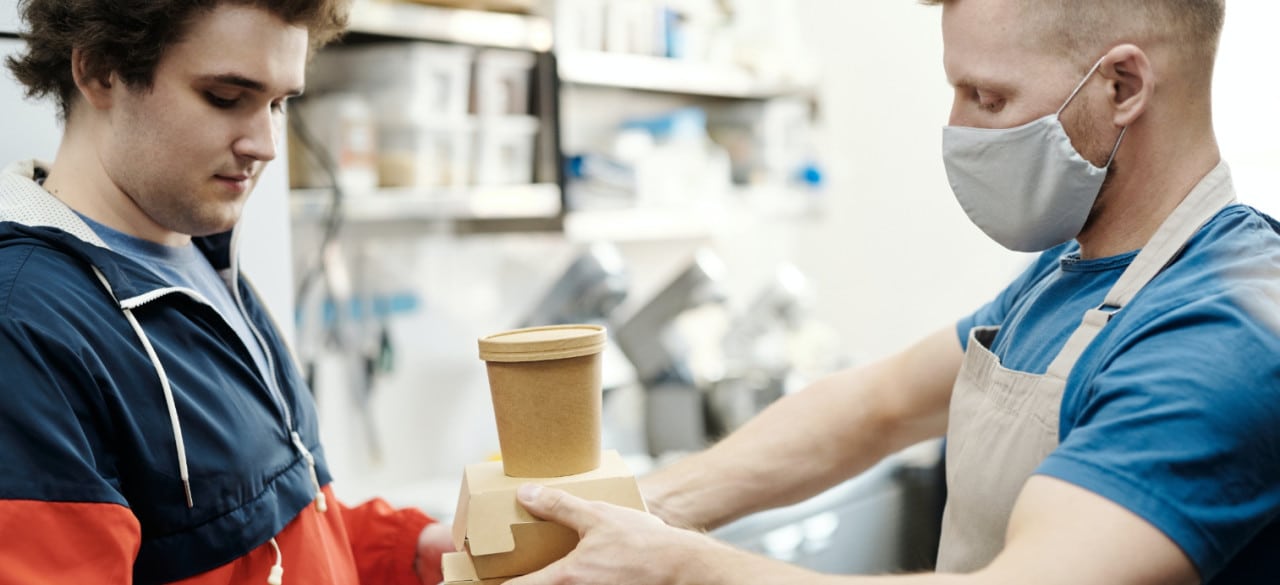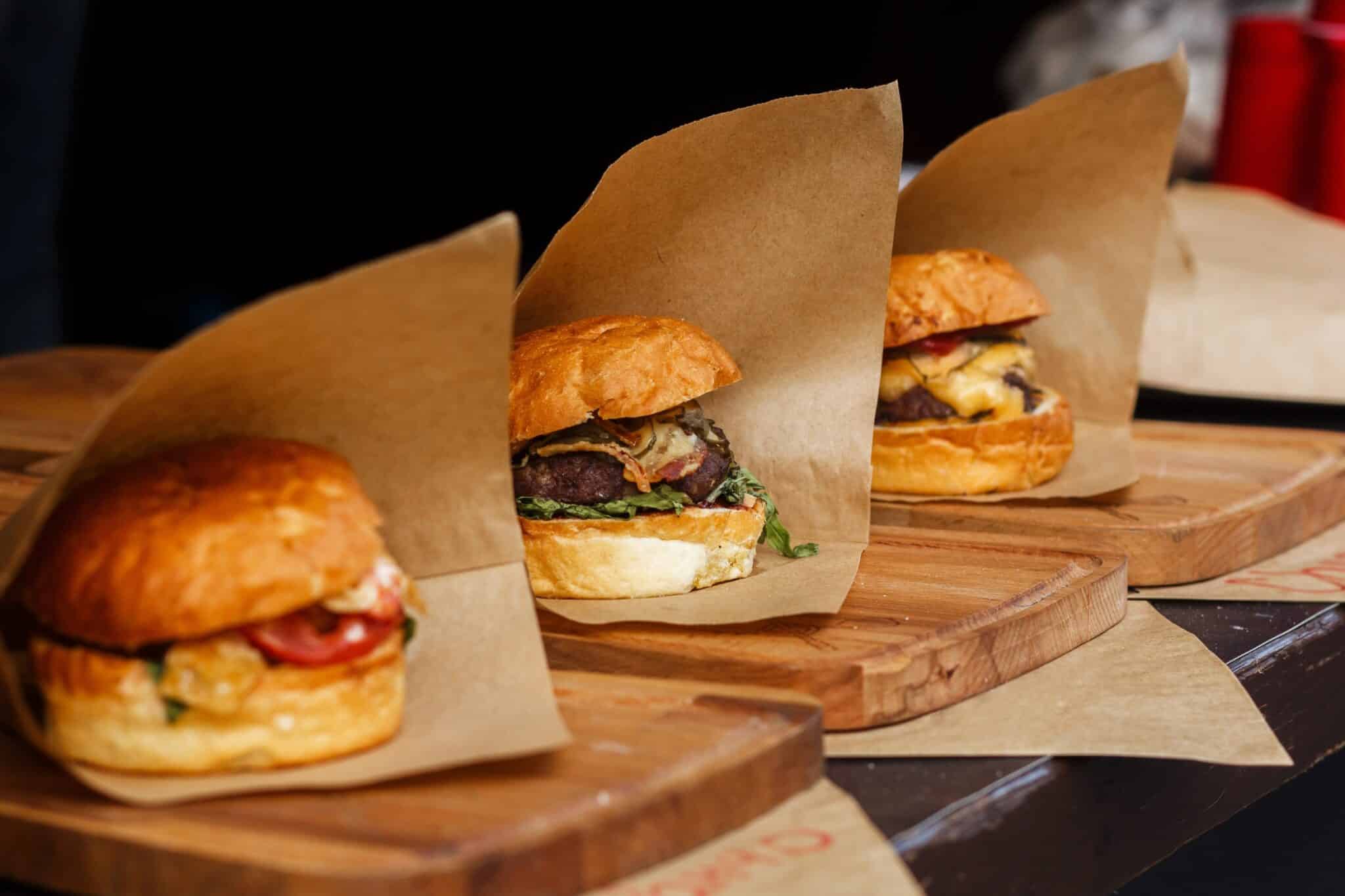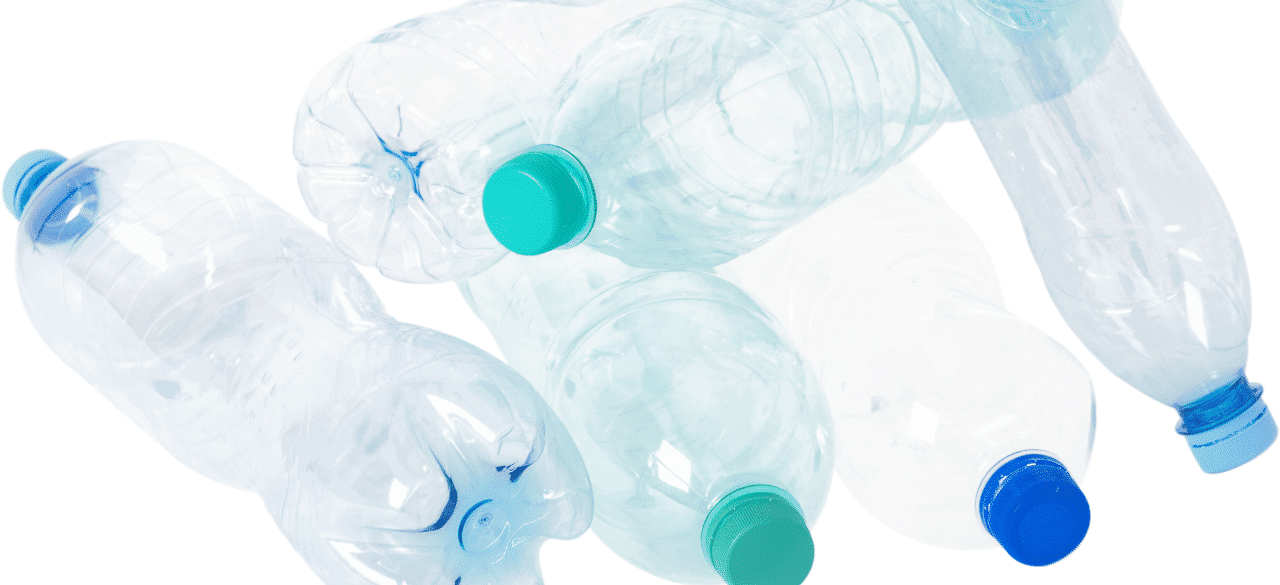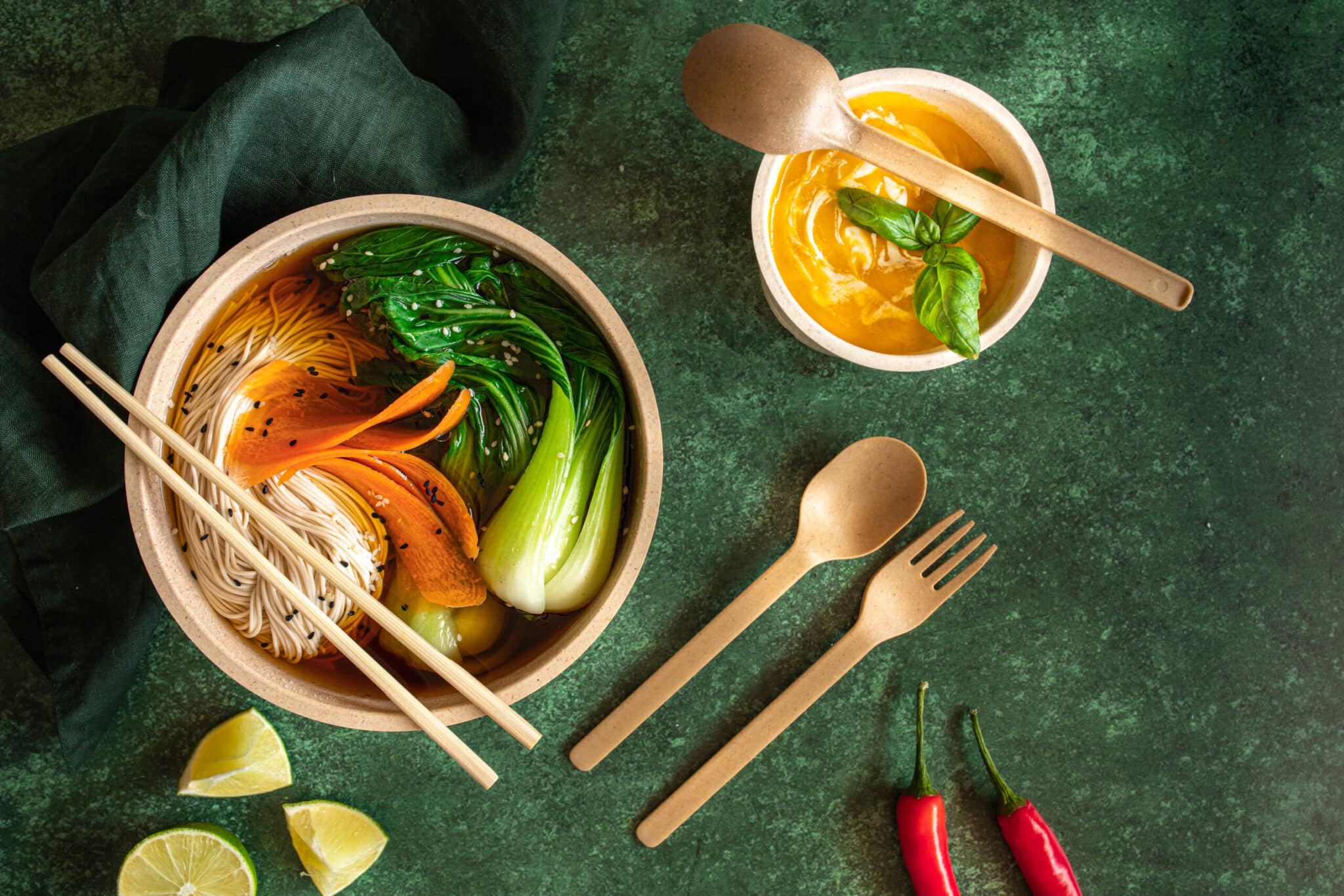About this article
Sometimes it feels like there are too many plastic types for consumers to fully comprehend. Verive’s guide to relevant varieties – spanning recycled plastics, oxo-degradables, and bioplastics – provides key definitions from the plastics packaging market.
What are oxo-degradables?
Oxo-degradable plastics are regular, conventional plastics with a special additive to help them break down into smaller fragments more quickly in the environment.
UV light and heat exposure speed up their decomposition through a process of chemical oxidation. However, there is quite a bit of controversy around how much they simply break down into ecologically harmful microplastics.
The EU has banned oxo-degradable plastics for this very reason.
There are a number of issues associated with these products:
-
Oxo-degradable plastics may quickly fragment into smaller and smaller pieces, known as microplastics, but may not break down at the molecular or polymer level. The resulting microplastics are left in the environment indefinitely.
-
They may cause increased greenhouse gas emissions in landfill compared to traditional
plastics that do not degrade.
-
They may indirectly promote littering because of the false belief that the packaging will break down if left in the environment.
-
There are some toxicity concerns regarding the additives and by-products (e.g. heavy metals etc.)
At Verive, we recognise the evidence that oxo-degradable plastics can do more harm than good. You will not find this material in our product range.
What oxo-degradables help to demonstrates is that simply replacing conventional plastic with a different or newer material is not always the most sustainable solution. It’s important to know your food packaging material properties and their end of life.
What are microplastics?
Microplastics are any plastic debris less than 5mm in length, but they can be much smaller. Their size is a big part of why microplastics are particularly insidious. It makes them difficult to manage, difficult to collect from the environment, and difficult for animals and small organisms to distinguish from food.
Microplastics can come from the degradation of regular plastics by the sun or other factors and ingredients in products like cigarette filters, textile fibres, and one major source, car tyres.
Because of their size, microplastics can be blown great distances by the wind or pass easily through water filtration systems. Research is still underway into the extent of microplastics’ effect on humans and other animals, so it’s too early to say what impact this may have on our long-term health.
How are microplastics being used?
Microplastics are used in everyday products. Cosmetic companies often used microbeads, placing microplastics in products like facial scrub. However, several countries, including Canada, France, New Zealand, Sweden, Taiwan, and the UK, have banned microbeads from rinse-off cosmetics.

What are bio-based plastics?
Bio-based plastics, or ‘bioplastics,’ like PLA, are made from polymers manufactured from a biological source (plants), rather than fossil fuels.
Bioplastics are designed to look, feel, and act like plastics, but have a few key differences. For instance, instead of being made from finite resources, like oil, they are made from renewable resources.
It is important to note there are 2 types of biobased plastics.
Biobased non-biodegradable plastics: Common plastics types, such as PET and PE, traditionally made from petrochemical resources, can now be produced from alternative renewable sources. Though not compostable, these plastics can be recycled by existing recycling infrastructure.
Biobased compostable plastics: Plant or starch based plastics, such as PLA, which are produced from renewable sources and will break down under the right conditions to produce a fibrous material, which when added with the nutrient content from food waste, produces compost. They will not degrade in landfill sites or the natural environment, and they cannot be recycled with conventional fossil-fuel derived or bio-based non-biodegradable plastics.
Note: The term ‘biodegradable’ is often used interchangeably with the term ‘bio-based.’ Although they are linked, they are not the same. ‘Bio-based’ references the raw biological material source of the product, including plants and other types of renewable agricultural, marine, or forestry materials, rather than the traditional petrochemical source of standard plastics. However, bio-based does not necessarily mean biodegradable insofar as materials it refers to will not necessarily degrade in nature.
Biodegradable has often been misused to describe many products, causing consumers confusion. Here is why we commit to never using the term 'biodegradable' to describe any of our products.
What is recycled plastic?
Recycled plastic is plastic has been collected and sent to a recycling plant, where it is washed, sorted, chipped into flakes, and eventually melted into new plastic pellets for use in new products.
The new plastic pellets look the same as virgin plastic pellets. However, they are made from material that, in most cases, has already been used in consumer products, like packaging.
When these pellets are used again in a new product, they are often mixed in with some proportion of ‘virgin’ plastic to help keep the product’s quality up to standard.
Recycled plastic is found in a wide variety of products, from benches, plant pots, and shoes to water bottles and bins.
Not all plastic that gets sent to a recycling plant gets recycled, but in general, most of it should. Well-designed plastic packaging that makes it easy to separate the different types of plastic helps us recycle a higher volume of plastic material.
There’s a lot of talk about these widely contested plastic variants and the ‘best’ option for businesses and manufacturers. For bespoke and transparent advice on the most suitable plastics or alternative materials for your foodservice needs, feel free to get in touch.
Got more questions about plastic? Please contact us, we’re always happy to hear from you.
Was this article useful?
James Pitcher
Sustainability isn’t about choosing to do the right thing OR grow your business, we can help you to do both
